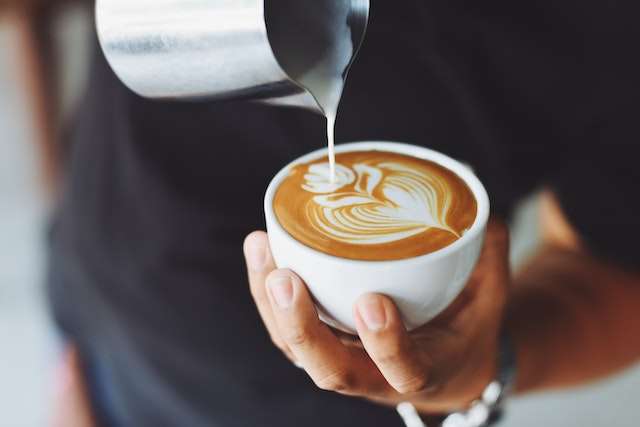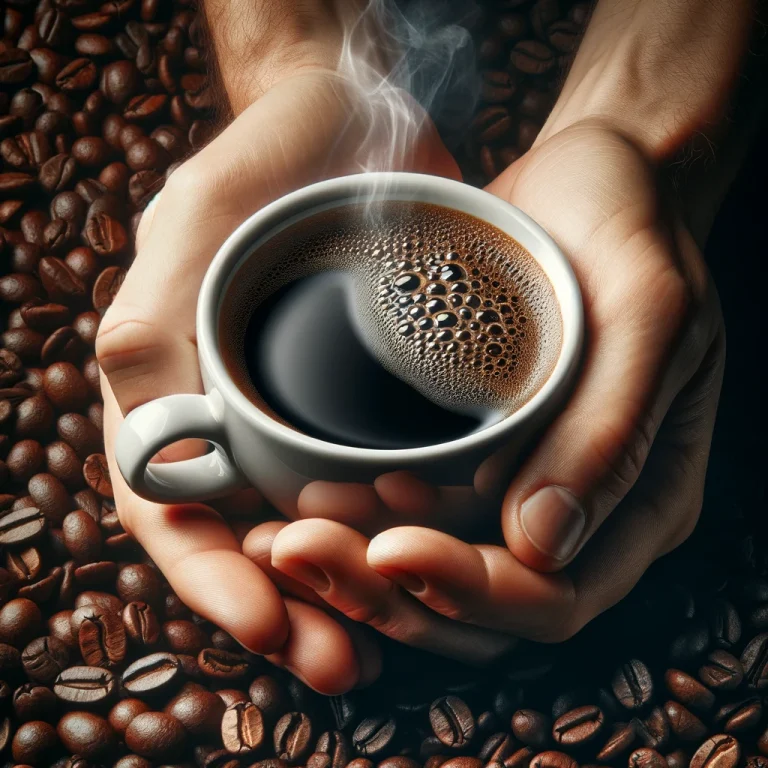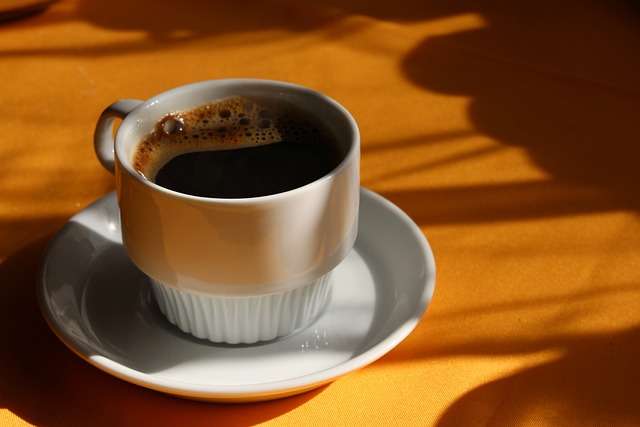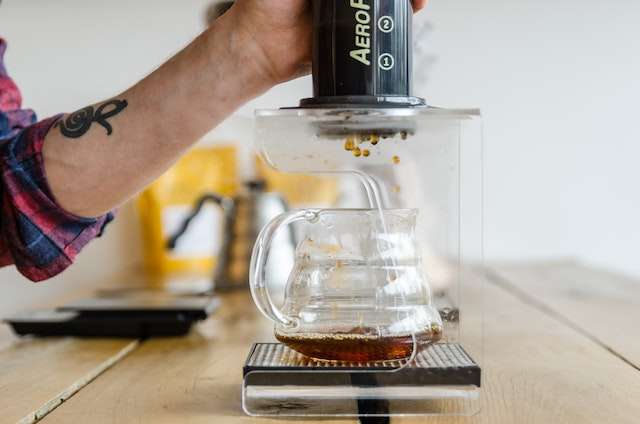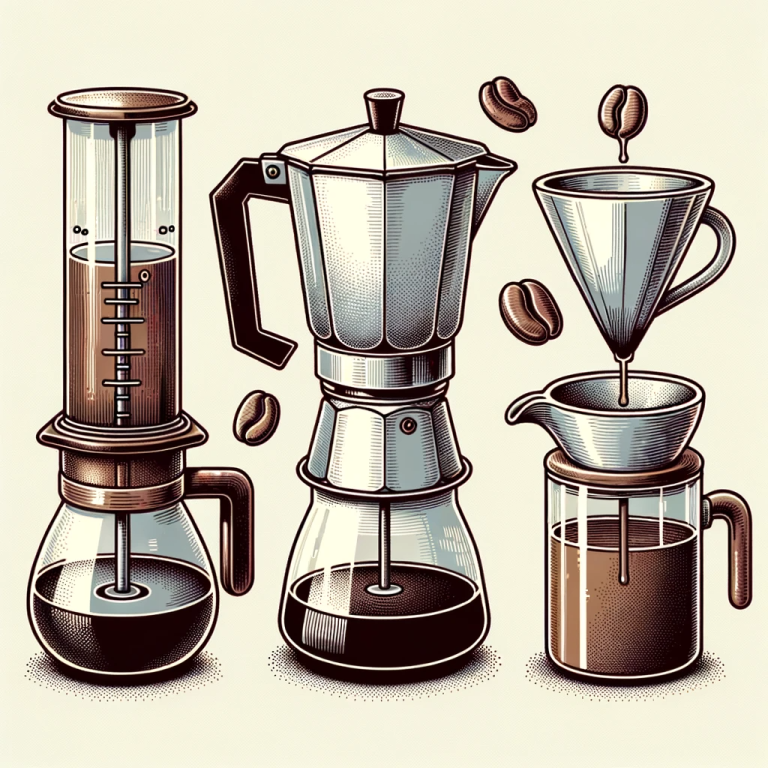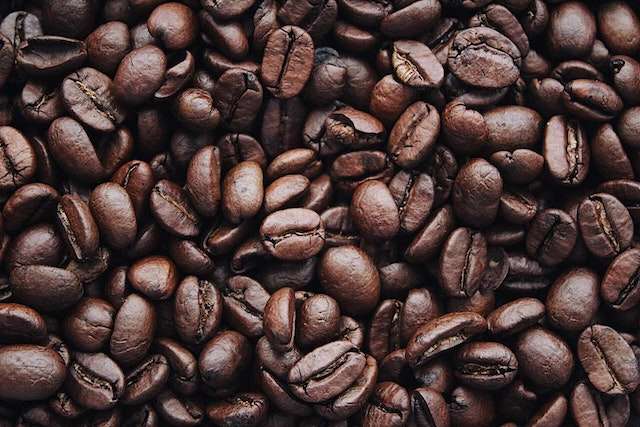Which is stronger latte or cappuccino?
Coffee is not just a beverage; it’s an experience, a ritual, and a significant part of our daily lives. As coffee connoisseurs or casual drinkers, understanding the different types of coffee can enhance this experience by helping us make more informed choices that cater to our preferences. Two of the most popular coffee types worldwide are Latte and Cappuccino, known for their unique taste and serving style. However, a common question often arises, “Which is stronger: Latte or Cappuccino?” This article aims to explore and answer this question based on various factors affecting coffee strength.
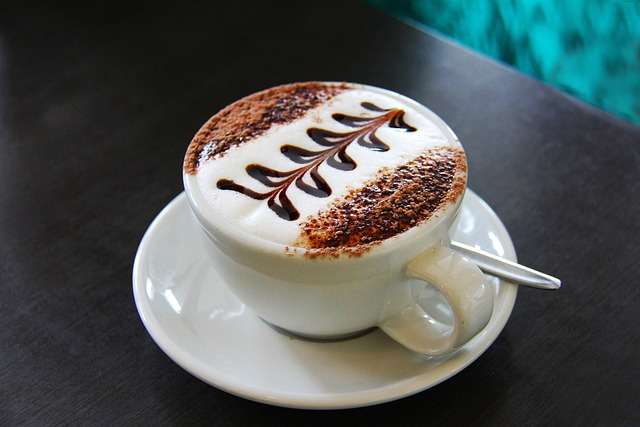
Understanding Coffee Strength
In its simplest terms, coffee strength refers to the intensity of flavor, body, and aroma of the coffee, primarily affected by the ratio of coffee to water during brewing. While the benefits of drinking decaf coffee are well-known, caffeinated coffee’s strength can make a significant difference in taste and how coffee affects your brain. Other factors affecting coffee strength include the amount of coffee used, the brew method, and the coffee-to-water ratio.
An Overview of Latte and Cappuccino
To delve into the strength comparison, it’s essential first to understand these two coffee types individually.
Latte: Originating in Italy, Latte has been a favorite among coffee lovers for its rich, creamy texture. A latte typically consists of a shot of espresso, steamed milk, and a small amount of milk froth on top. As discussed in this post on how to make perfect coffee, the process of brewing a latte requires careful attention to balance the strong espresso shot with the smoothness of the milk.
Cappuccino: Also with Italian roots, the cappuccino is traditionally composed of equal parts espresso, steamed milk, and frothed milk, leading to a rich and creamy coffee. The history and invention of the coffee can be found here.
Comparative Analysis of Latte and Cappuccino
While both drinks originate from espresso, their main difference lies in the amount and use of milk. In a latte, the larger quantity of milk tends to mellow the espresso’s strength, whereas a cappuccino, with its equal parts of espresso, steamed, and frothed milk, provides a more robust coffee flavor.
However, perception of strength is often subject to individual flavor profiles. For instance, someone who prefers a stronger coffee taste might find the cappuccino stronger due to its equal distribution of coffee and milk, while another person might perceive the latte as stronger due to its higher coffee-to-milk ratio in each sip.
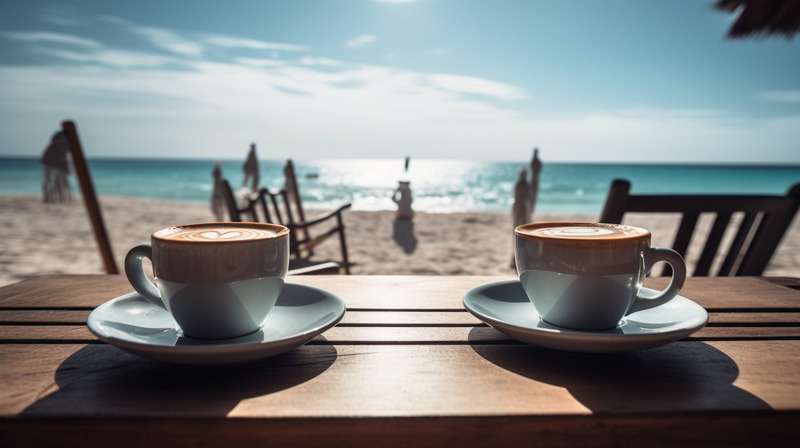
External Factors Influencing Strength Perception
The perceived strength of coffee also depends on external factors like individual taste preferences and the roast level of coffee beans. As mentioned in this article, different beans and roasts can influence the strength of your espresso shot. Dark roasts often yield a more robust, bitter flavor than light roasts, which can contribute to the perceived strength of a latte or cappuccino.
Additionally, serving style and preparation methods can impact the strength perception. For example, sipping a cappuccino with a spoon to mix the layers can alter the perceived strength compared to drinking it layer by layer.

Conclusion
To recap, the strength of a coffee, specifically in this case, a latte or cappuccino, is determined by various factors, from the brewing process to personal taste preferences. While a cappuccino is traditionally seen as stronger due to its equal ratio of espresso to milk, a latte can also be perceived as stronger depending on the individual’s flavor preference and the coffee-to-milk ratio in each sip.
In terms of caffeine content, both drinks typically start with a shot of espresso; hence, they would technically have similar caffeine levels unless the coffee’s volume or brewing method differs. Check out this article for more insights on coffee caffeine content.
Understanding this complexity can help coffee drinkers make more informed choices about their coffee preference, depending on the kind of strength they enjoy. Future exploration on this topic can also delve into how other factors, such as coffee bean type, grind size, and water quality, can further influence coffee strength.
Whether you’re sipping on a latte while pondering if coffee makes you sleepy or enjoying a cappuccino during an espresso con panna session, remember that the best coffee is the one that satisfies your taste buds. After all, as stated in this article, enjoying your coffee is also a part of maintaining a healthy lifestyle.
FAQ:
How many shots in a latte?
A standard Latte typically contains one shot of espresso, but the amount can vary based on personal preference and cup size.
Cappuccino: A Cappuccino, also Italian in origin, consists of equal parts espresso, steamed milk, and frothed milk. The equal proportions result in a harmonious balance of robust coffee and velvety milk.
Do cappuccinos have more espresso than lattes?
No, traditionally both Lattes and Cappuccinos contain the same amount of espresso. The primary difference lies in the quantity and distribution of milk.
Is latte the strongest coffee? What is stronger than a cappuccino? Does cappuccino have more caffeine than latte?
No, a Latte is not generally the strongest coffee. An espresso or ristretto, for instance, is stronger due to the high concentration of coffee. Similarly, a Cappuccino does not have more caffeine than a Latte as both contain the same amount of espresso. However, the perception of strength can vary based on the balance of coffee to milk in each sip.

